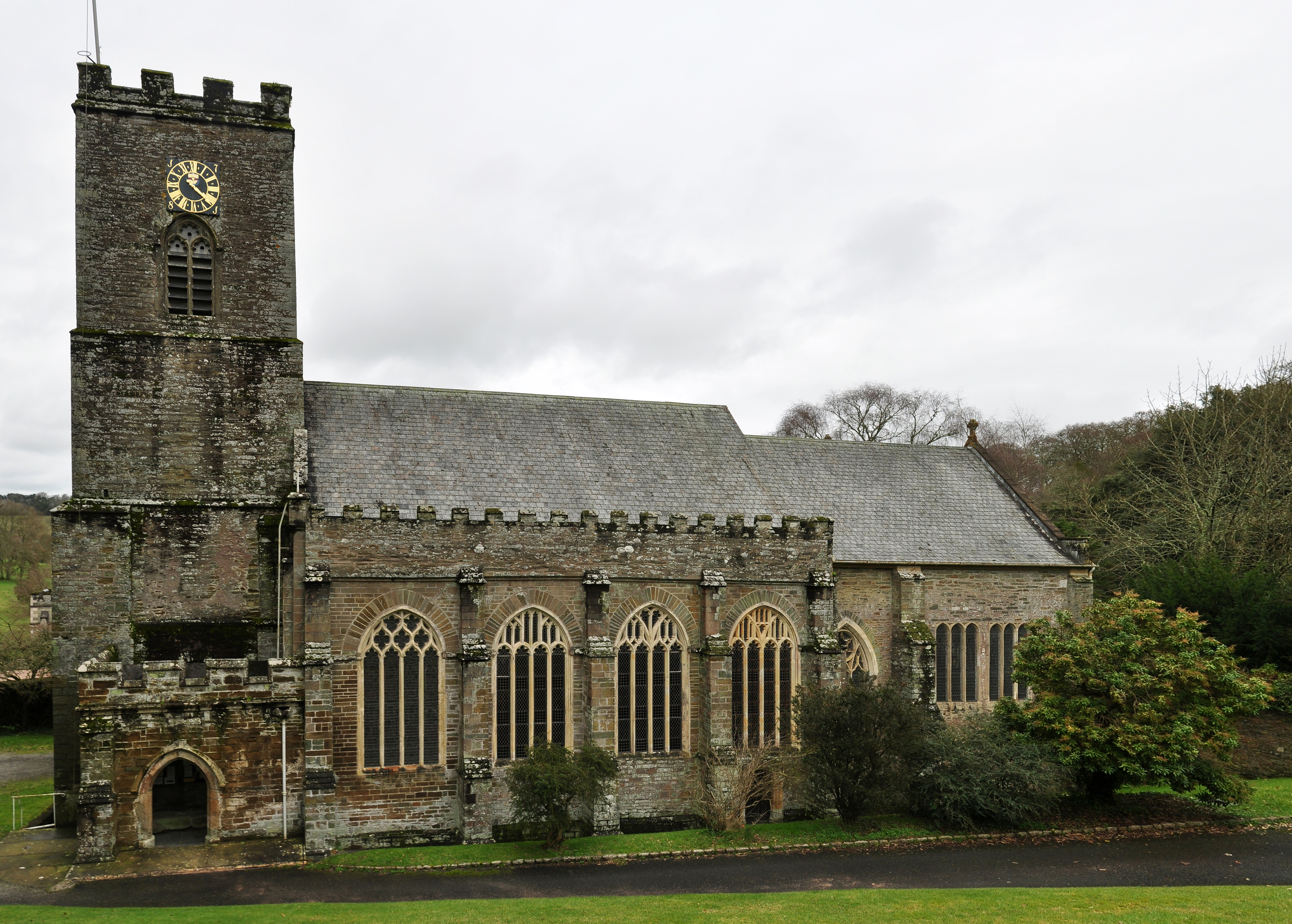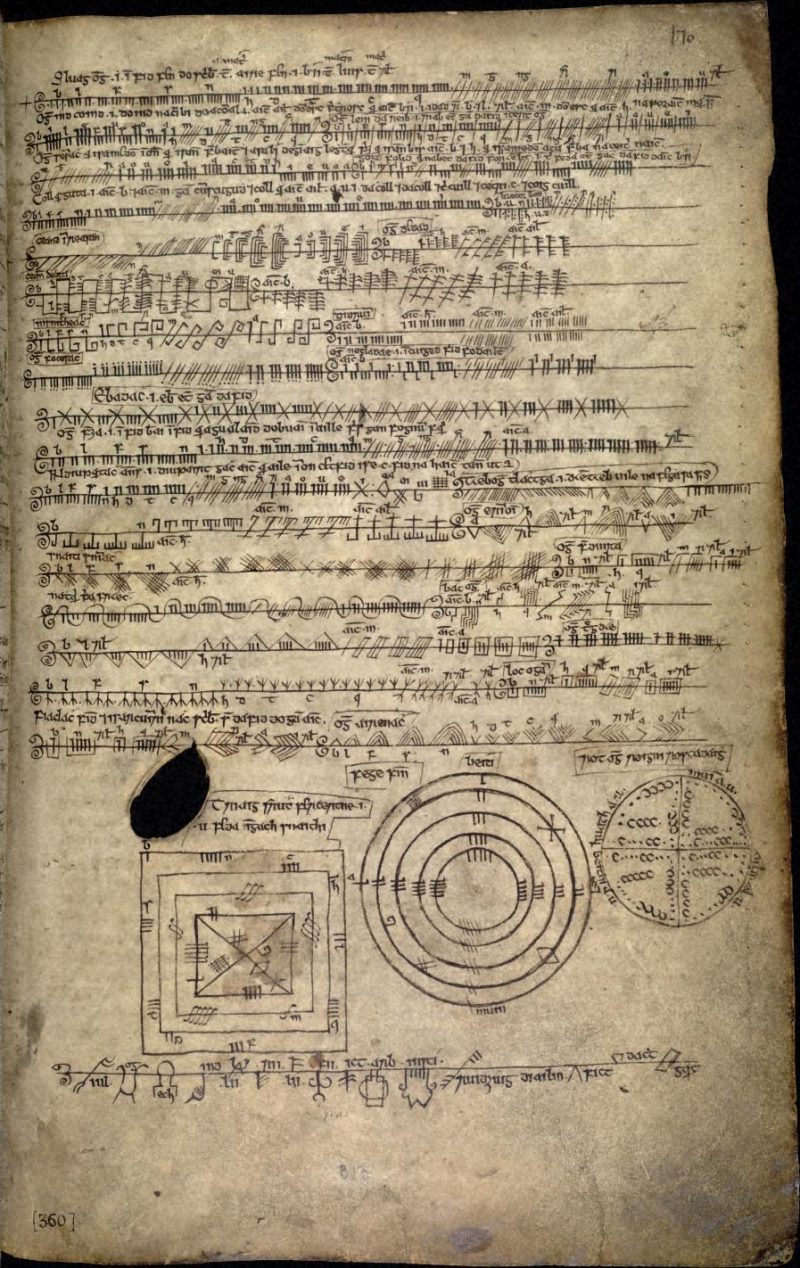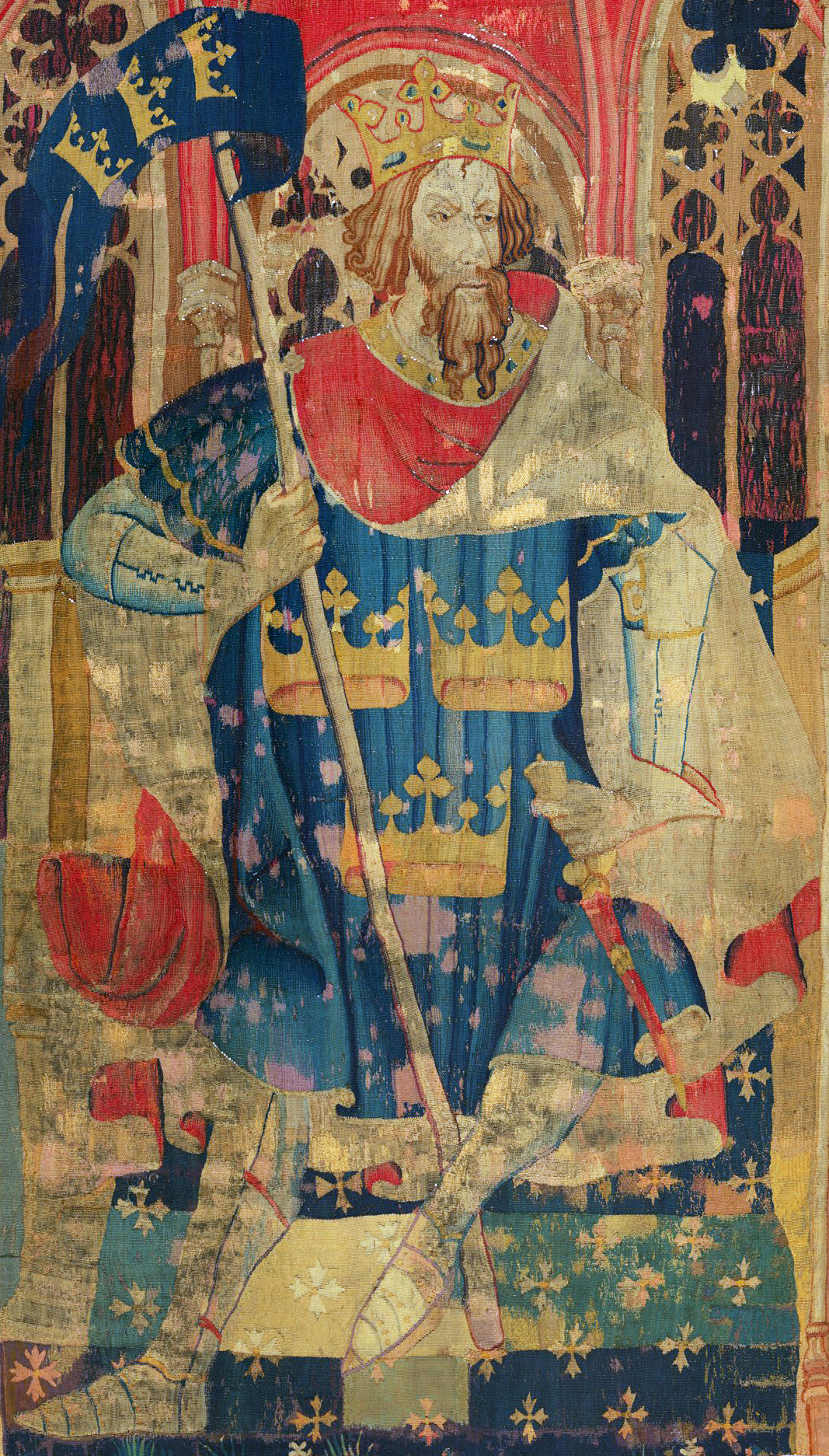|
Religion In Cornwall
Christianity in Cornwall began in the 4th or 5th century AD when Western Christianity was introduced as in the rest of Roman Britain. Over time it became the official religion, superseding previous Celtic polytheism, Celtic and Religion in ancient Rome, Roman practices. Early Christianity in Cornwall was spread largely by the saints, including Saint Piran, the patron of the county. Cornwall, like other parts of Britain, is sometimes associated with the distinct collection of practices known as Celtic Christianity but was always in communion with the wider Catholic Church. The list of Cornish saints, Cornish saints are commemorated in legends, churches and placenames. Unlike Wales, which produced Bible translations into Welsh, the churches of Cornwall never produced a translation of the Bible in the Cornish language. During the English Reformation, churches in Cornwall officially became affiliated with the Church of England. In 1549, the Prayer Book Rebellion caused the deaths ... [...More Info...] [...Related Items...] OR: [Wikipedia] [Google] [Baidu] |
Prayer Book Rebellion
The Prayer Book Rebellion or Western Rising was a popular revolt in Cornwall and Devon in 1549. In that year, the Book of Common Prayer (1549), first ''Book of Common Prayer'', presenting the theology of the English Reformation, was introduced. The change was widely unpopular, particularly in areas where firm Catholic religious loyalty (even after the Acts of Supremacy, Act of Supremacy in 1534) still existed, such as Lancashire. Along with poor economic conditions, the enforcement of English language church services only in Cornish language, Cornish-speaking areas led to an explosion of anger in Cornwall and Devon, initiating an uprising. At the gates of Exeter, the rising leaders announced, "and so we Cornishmen, whereof certain of us understand no English, utterly refuse this new English". In response, Edward Seymour, 1st Duke of Somerset, sent John Russell, 1st Earl of Bedford, John Russell to suppress the revolt, with the rebels being defeated and its leaders executed two ... [...More Info...] [...Related Items...] OR: [Wikipedia] [Google] [Baidu] |
Gildas
Gildas (English pronunciation: , Breton language, Breton: ''Gweltaz''; ) — also known as Gildas Badonicus, Gildas fab Caw (in Middle Welsh texts and antiquarian works) and ''Gildas Sapiens'' (Gildas the Wise) — was a 6th-century Britons (historic), British monk best known for his religious polemic , which recounts the history of the Britons before and during Anglo-Saxon settlement of Britain, the coming of the Saxons. He is one of the best-documented figures of the Christian church in the British Isles during the Sub-Roman Britain, sub-Roman period, and was renowned for his Biblical knowledge and literary style. In his later life, he emigrated to Brittany, where he founded a monastery known as Saint-Gildas-de-Rhuys. Hagiography Birthplace Differing versions of the ''Life of Saint Gildas'' exist, but both agree that he was born at a place called ''Arecluta'' which is described by the author as taking its name from a "certain river called the Clut, by which that district is, ... [...More Info...] [...Related Items...] OR: [Wikipedia] [Google] [Baidu] |
Ogham Script
Ogham (also ogam and ogom, , Modern Irish: ; , later ) is an Early Medieval alphabet used primarily to write the early Irish language (in the "orthodox" inscriptions, 4th to 6th centuries AD), and later the Old Irish language (scholastic ogham, 6th to 9th centuries). There are roughly 400 surviving orthodox inscriptions on stone monuments throughout Ireland and western Britain, the bulk of which are in southern areas of the Irish province of Munster. The Munster counties of Cork and Kerry contain 60% of all Irish ogham stones. The largest number outside Ireland are in Pembrokeshire, Wales. The inscriptions usually consist of personal names written in a set formula. Many of the High Medieval '' Bríatharogaim'' (kennings for the ogham letters) are understood to reference various trees and plants. This interpretation was popularized by Robert Graves in his book ''The White Goddess''; for this reason, Ogham is sometimes known as the Celtic tree alphabet. The etymology of th ... [...More Info...] [...Related Items...] OR: [Wikipedia] [Google] [Baidu] |
Latin Script
The Latin script, also known as the Roman script, is a writing system based on the letters of the classical Latin alphabet, derived from a form of the Greek alphabet which was in use in the ancient Greek city of Cumae in Magna Graecia. The Greek alphabet was altered by the Etruscan civilization, Etruscans, and subsequently their alphabet was altered by the Ancient Romans. Several Latin-script alphabets exist, which differ in graphemes, collation and phonetic values from the classical Latin alphabet. The Latin script is the basis of the International Phonetic Alphabet (IPA), and the 26 most widespread letters are the letters contained in the ISO basic Latin alphabet, which are the same letters as the English alphabet. Latin script is the basis for the largest number of alphabets of any writing system and is the List of writing systems by adoption, most widely adopted writing system in the world. Latin script is used as the standard method of writing the languages of Western and ... [...More Info...] [...Related Items...] OR: [Wikipedia] [Google] [Baidu] |
Arthur Pendragon
According to legends, King Arthur (; ; ; ) was a king of Britain. He is a folk hero and a central figure in the medieval literary tradition known as the Matter of Britain. In Welsh sources, Arthur is portrayed as a leader of the post-Roman Britons in battles against the Anglo-Saxons in the late-5th and early-6th centuries. He first appears in two early medieval historical sources, the ''Annales Cambriae'' and the ''Historia Brittonum'', but these date to 300 years after he is supposed to have lived, and most historians who study the period do not consider him a historical figure.Tom Shippey, "So Much Smoke", ''review'' of , ''London Review of Books'', 40:24:23 (20 December 2018) His name also occurs in early Welsh poetic sources, such as ''Y Gododdin''. The character developed through Welsh mythology, appearing either as a great warrior defending Britain from human and supernatural enemies or as a magical figure of folklore, and was sometimes associated with the Welsh ot ... [...More Info...] [...Related Items...] OR: [Wikipedia] [Google] [Baidu] |
Council Of Bordeaux
A council is a group of people who come together to consult, deliberate, or make decisions. A council may function as a legislature, especially at a town, city or county/shire level, but most legislative bodies at the state/provincial or national level are not considered councils. At such levels, there may be no separate executive branch, and the council may effectively represent the entire government. A board of directors might also be denoted as a council. A committee might also be denoted as a council, though a committee is generally a subordinate body composed of members of a larger body, while a council may not be. Because many schools have a student council, the council is the form of governance with which many people are likely to have their first experience as electors or participants. A member of a council may be referred to as a councillor or councilperson, or by the gender-specific titles of councilman and councilwoman. In politics Notable examples of types of counc ... [...More Info...] [...Related Items...] OR: [Wikipedia] [Google] [Baidu] |
Priscillian
Priscillian (in Latin: ''Priscillianus''; Gallaecia, – Augusta Treverorum, Gallia Belgica, ) was a wealthy nobleman of Roman Hispania who promoted a strict form of Christian asceticism. He became bishop of Ávila in 380. Certain practices of his followers (such as meeting at country villas instead of attending church) were denounced at the Council of Saragossa 380, Council of Zaragoza in 380. Tensions between Priscillian and bishops opposed to his views continued, as well as political maneuvering by both sides. Around 385, Priscillian was charged with sorcery and executed by authority of the Magnus Maximus, Emperor Maximus. The ascetic movement Priscillianism is named after him, and continued in Hispania and Gaul until the late 6th century. Tract (literature), Tractates by Priscillian and close followers, which were thought lost, were discovered in 1885 and published in 1889. Sources The principal and almost contemporary source for the career of Priscillian is the Gallic chronicl ... [...More Info...] [...Related Items...] OR: [Wikipedia] [Google] [Baidu] |
Michaelstow DSC 8256
Michaelstow ( (village) or (parish)) is a civil parish and village in north Cornwall, England, United Kingdom. The village is about south of Camelford. The hamlets of Fentonadle, Trevenning and Treveighan are in the parish. The civil parish of Michaelstow is in the deanery of Trigg Minor and Hundred of Lesnewth. It is named after 'St Michael's holy place' and the parish church is dedicated to St Michael and All Angels. There is a tall Cornish cross in the churchyard, original location unknown; it formed part of a series of steps up to the churchyard until it was removed in 1883. Three more crosses are at Trevenning. The River Camel runs along its eastern edge and the surrounding parishes are Lanteglos-by-Camelford to the north, St Breward to the east, St Tudy to the south and St Teath to the west. GENUKI website; Michaelstow; retrieved April ... [...More Info...] [...Related Items...] OR: [Wikipedia] [Google] [Baidu] |





